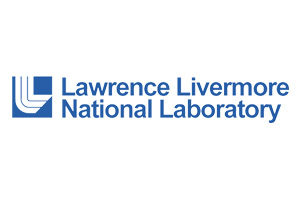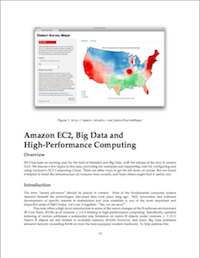
Andrea “Annie” Kritcher
Time magazine has named Lawrence Livermore National Laboratory (LLNL) design physicist Andrea “Annie” Kritcher to its annual list of the 100 most influential people in the world for her role as the principal designer for the National Ignition Facility (NIF) experiment that produced fusion ignition in a laboratory for the first time.
The scientific breakthrough, announced last December, could pave the way for advancements in national defense and the future of inertial fusion energy.
Leading the integrated modeling team within LLNL’s Inertial Confinement Fusion (ICF) program, Kritcher oversees the integrated modeling of indirect-drive fusion designs fielded at NIF. The experimental design process, she said, has involved many years of building physics understanding, developing models using experimental data and making design improvements to fusion experiments.
At the time this news broke, insideHPC spoke with LLNL about the role HPC played in supporting the lab’s fusion research team (see “Due Credit: Sierra, JADE and HPC’s Role in Livermore’s Fusion Ignition Breakthrough”).
“Reaching ignition was truly a large effort carried through many decades,” Kritcher said. “I am extremely honored to be representing the Laboratory and the many people who have worked on this grand scientific challenge to make this a reality, some of whom were working on this before I was born.”
She said the December ignition experiment was an essential first demonstration of fusion target energy gain in a controlled laboratory setting, “which proved that there is nothing fundamentally limiting harnessing fusion as a clean limitless energy source.”
Kritcher recognized the efforts of collaborators, including those who have led laser development, target fabrication, diagnostics, design improvements, engineering developments and optimizations, as well as those who maintain NIF.
“I am so proud of what we have achieved together as a team – each contribution was needed to enable reaching this major milestone,” she said.
 Kritcher started at LLNL as a summer intern in 2004, then completed her thesis work through the lab until 2009. She became a Lawrence postdoc in 2009 and became a member of the technical staff in 2012.
Kritcher started at LLNL as a summer intern in 2004, then completed her thesis work through the lab until 2009. She became a Lawrence postdoc in 2009 and became a member of the technical staff in 2012.
In 2022, she was selected as fellow of the American Physical Society for her “leadership in integrated hohlraum design physics leading to the creation of the first laboratory burning and igniting fusion plasma.”
The TIME100, now in its 20th year, recognizes the “impact, innovation and achievement of the world’s most influential individuals.” Kritcher will be honored at the TIME100 Summit and Gala on April 26, at the Lincoln Center in New York.
“Humanity is driven and motivated by impossible problems, such as creating a miniature star in the laboratory and harnessing the power of nuclear fusion, that once we start to crack, we can collectively achieve amazing things and make life better for all,” Kritcher said. “This result is a monumental step for potential limitless clean energy and is also key capability in supporting our national security. This recognition proves that the world is watching and agrees on our mission.”



